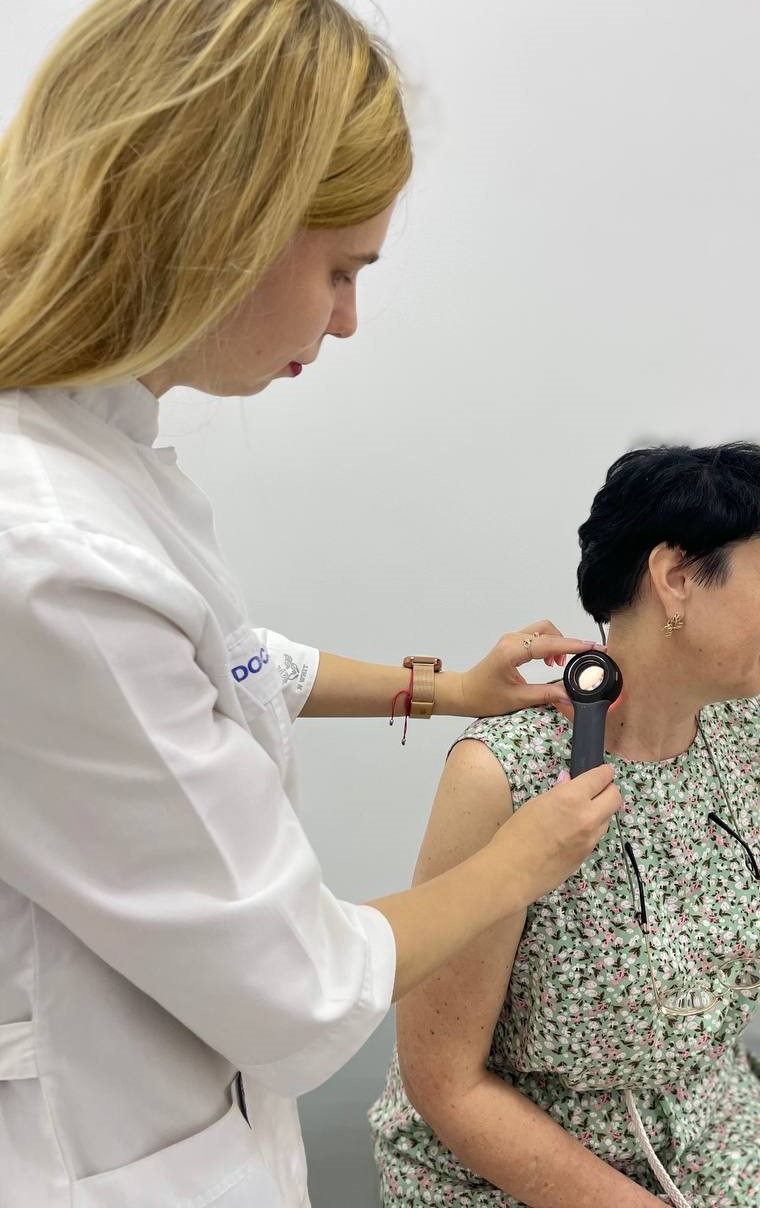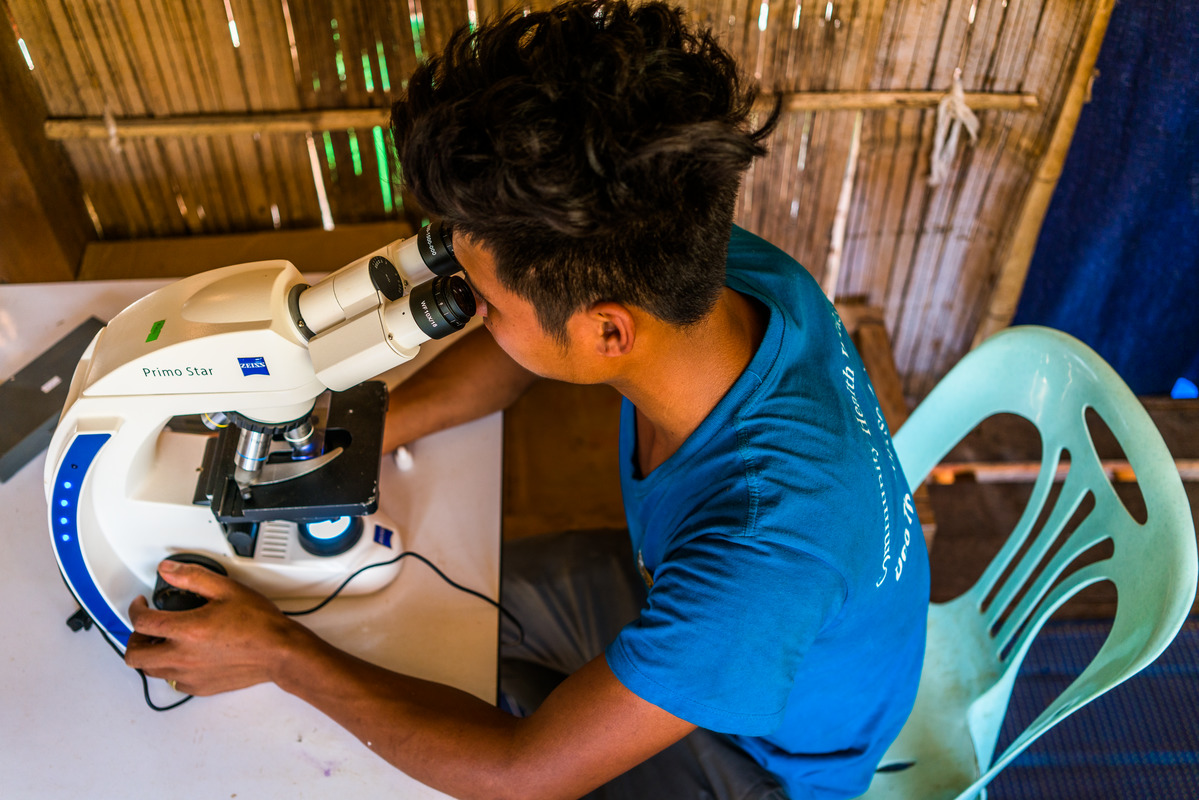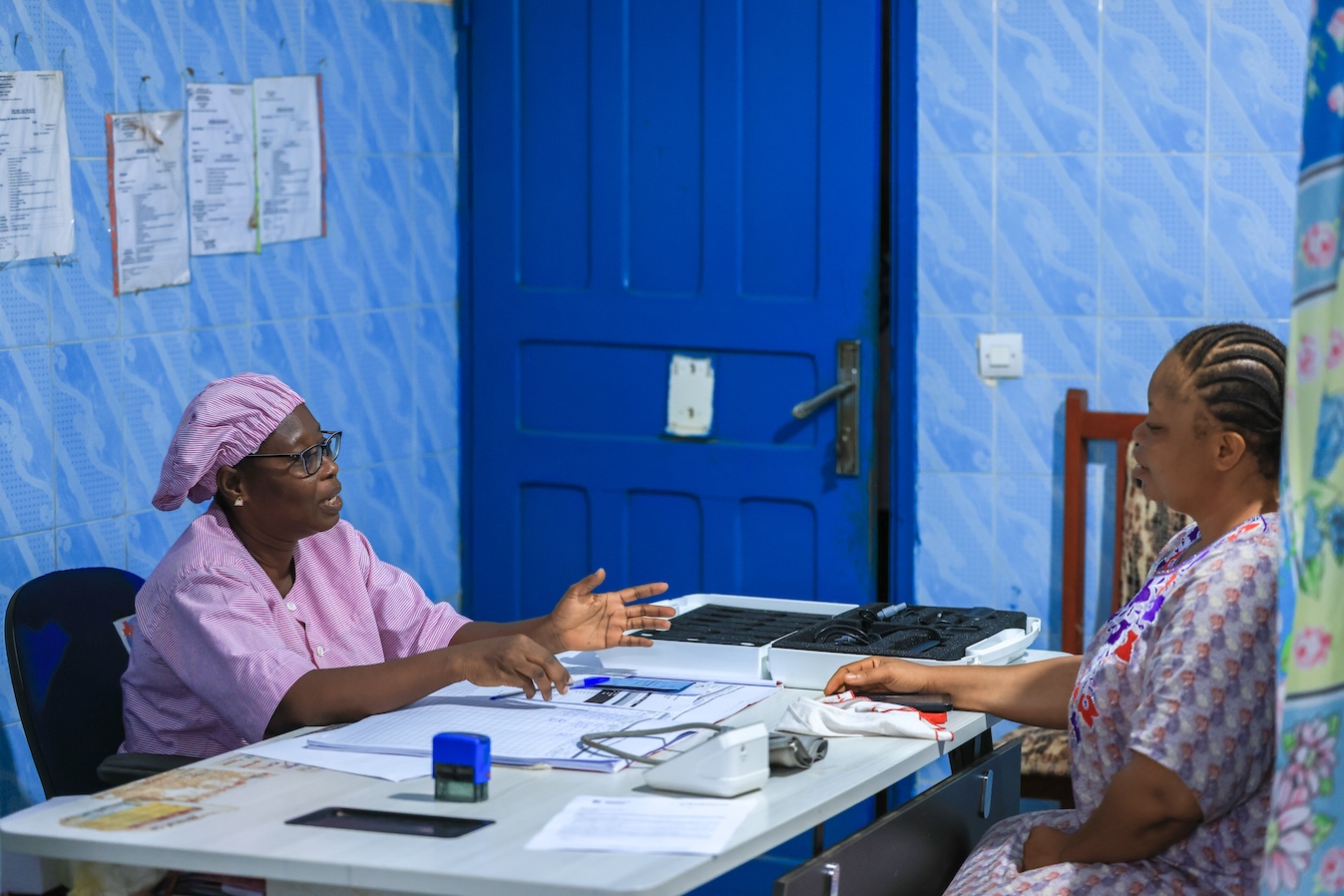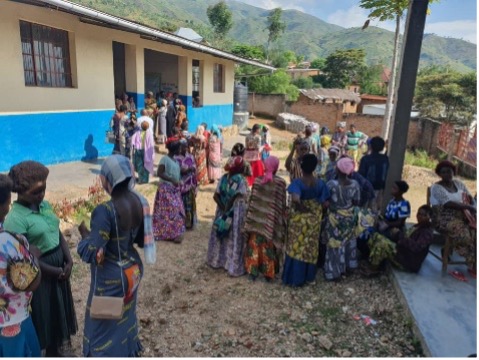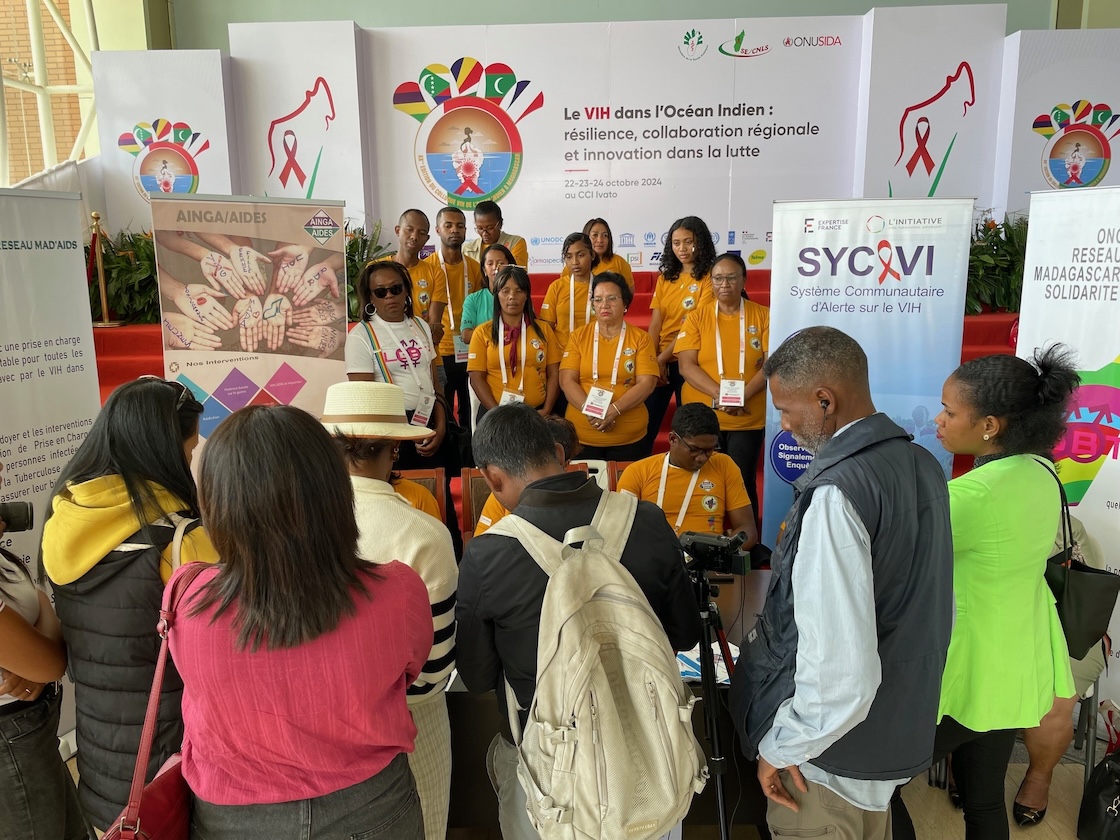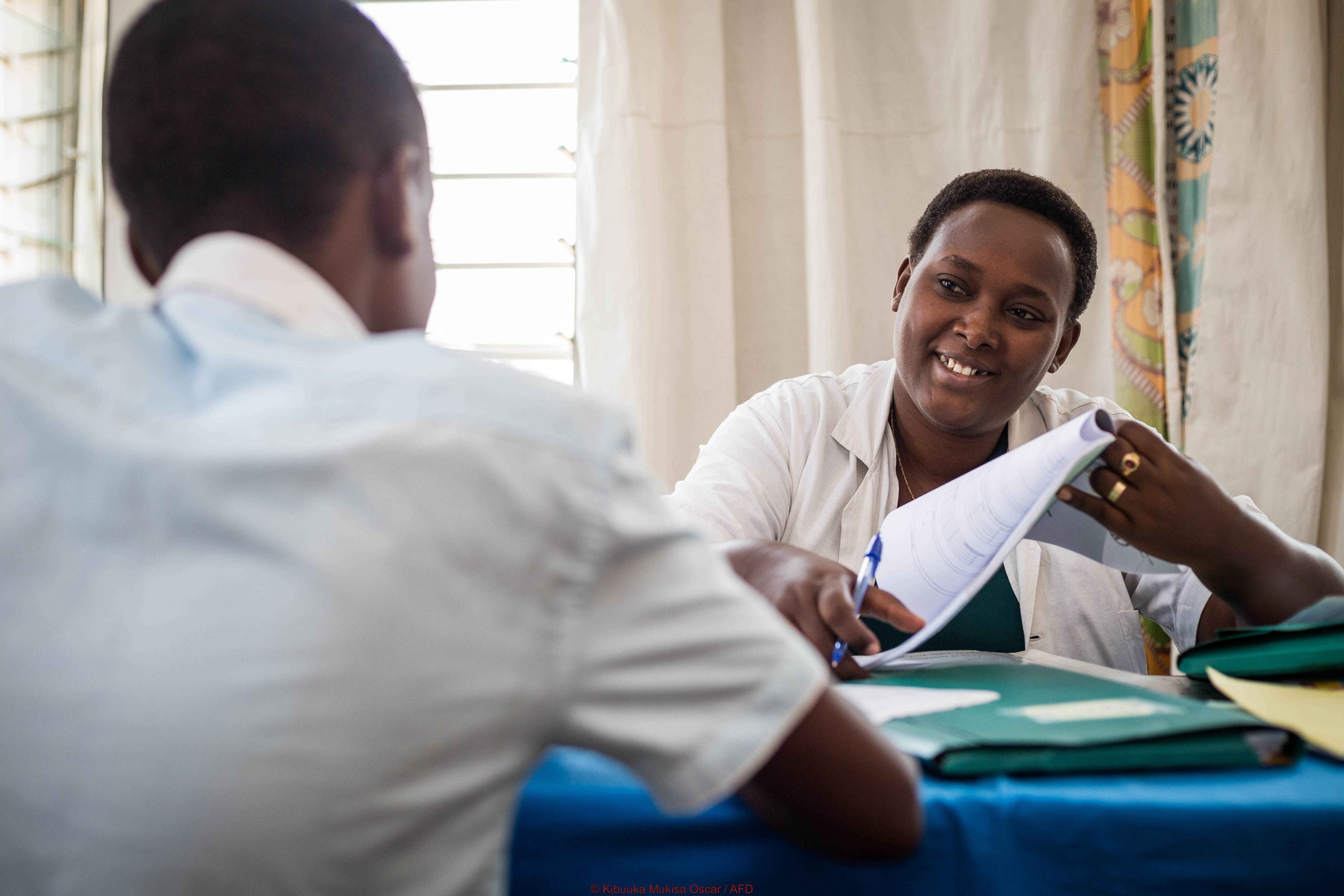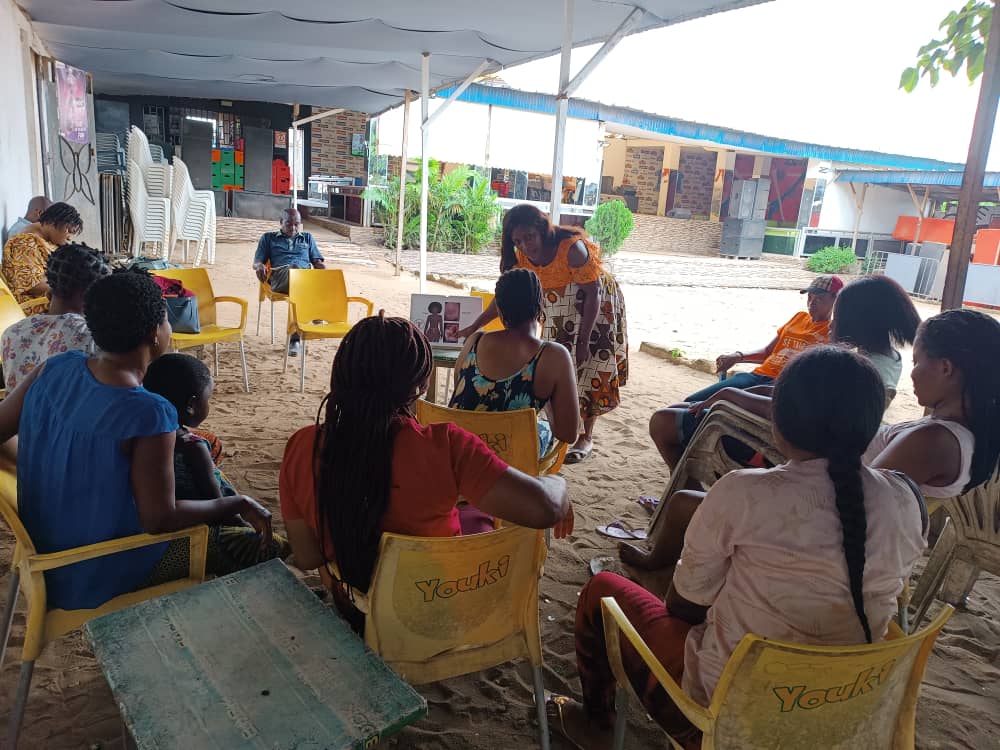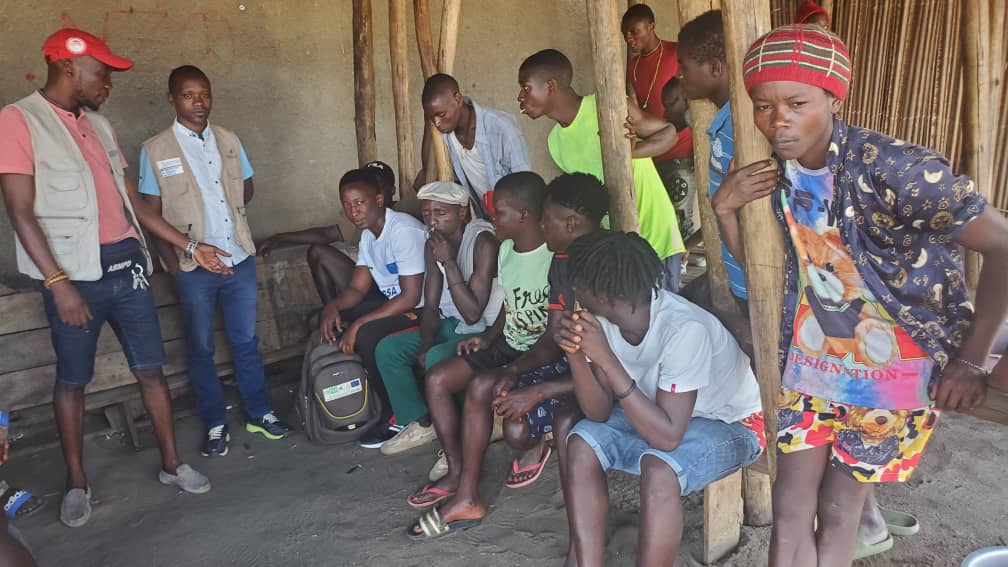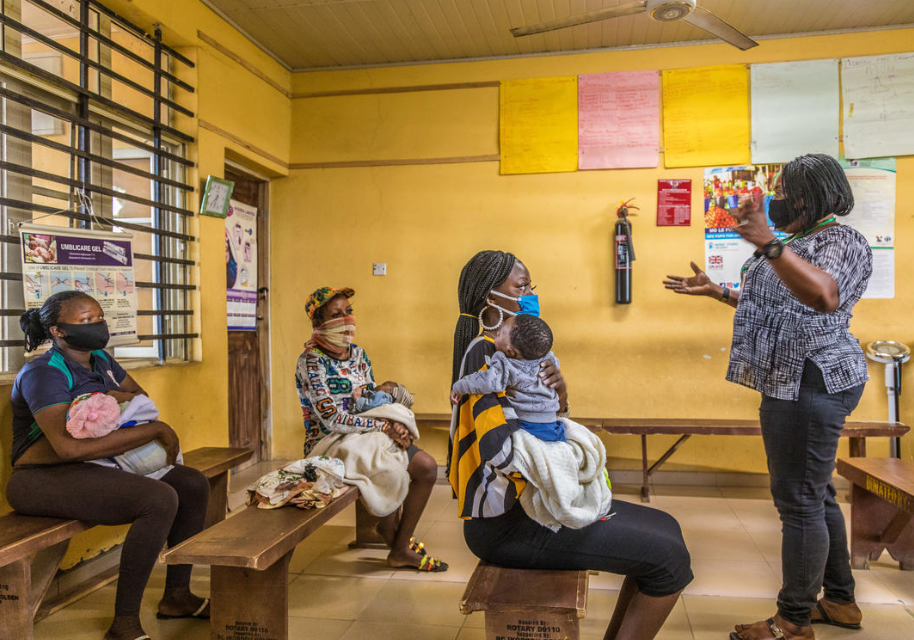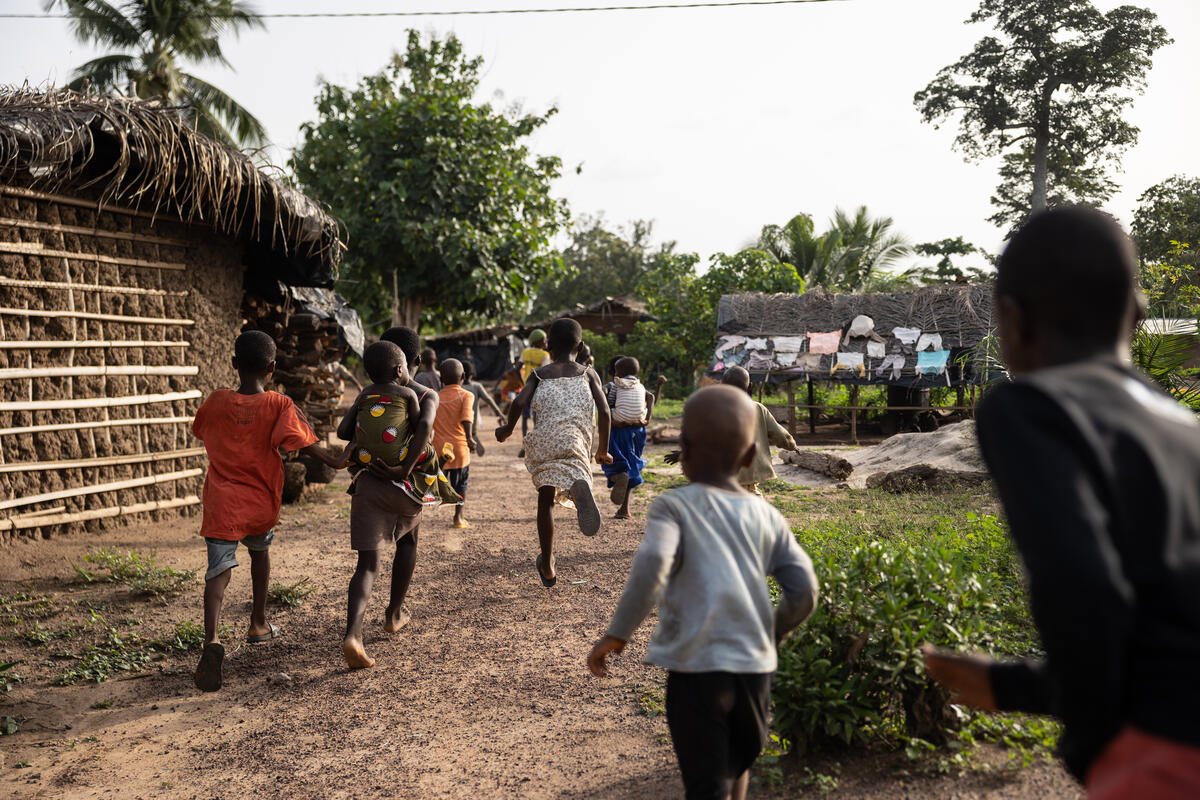The FORSS program (stands for FORmer, Suivre, Soutenir in French – train, follow up, support in English) promotes community mobilizations to combat HIV in the North Africa-Middle East region.
Context
The spread of HIV in North Africa and the Middle East is increasing. It is particularly concerning within certain key population groups: men who have sex with men, sex workers, migrants and refugees, injectable drug users, and LGBT+ groups. These populations have limited access to prevention and testing services, while national healthcare policies and treatments are still inadequate to curb the epidemic. Additionally, the region lacks a community surveillance system to better understand the specific barriers faced by each group, healthcare service deficiencies, and the specific needs of healthcare service users. Since 2018, the FORSS program has been deploying community observatories to collect information on the state and quality of services, and to raise awareness about barriers to healthcare access for people living with HIV and key populations.
Description
The second phase of the FORSS program aims to accelerate the response to HIV in the region by improving the care of people living with HIV and key populations. It also strengthens the interaction between community and formal healthcare systems. The project is based on four pillars:
- Strengthening the knowledge and practices of healthcare system actors for better case management,
- Providing local and national data on the accessibility, availability, quality, utilization, and acceptability of HIV-related services,
- Deploying advocacy strategies and actions to influence HIV policies at the local, national, and regional levels,
- Ensuring the sustainability of community observatories.
Impact
The FORSS program ensures the sustainability of community monitoring mechanisms in the four countries of implementation; it helps to overcome barriers to access to HIV-related health services for vulnerable populations, notably by strengthening synergies between community actors and healthcare providers.

